Poet Steve Turner wrote, “History repeats itself. Has to. No-one listens.”
The tragedy is that smart people continually think they are exceptions to the rules. Ironically, people who don’t think they are too smart are better off because they believe they can benefit from the experience of others.
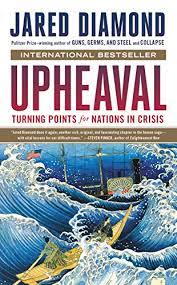 In Jared Diamond’s recent book, Upheaval, the author focuses on what we can learn from countries in crisis. He tells the fascinating stories of six countries over the last two hundred years who each faced a major turning point—some navigating those moments with great success and others with less. What makes Diamond’s book particularly insightful is that he has visited each of the countries dozens of times and speaks the language fluently in all but one.
In Jared Diamond’s recent book, Upheaval, the author focuses on what we can learn from countries in crisis. He tells the fascinating stories of six countries over the last two hundred years who each faced a major turning point—some navigating those moments with great success and others with less. What makes Diamond’s book particularly insightful is that he has visited each of the countries dozens of times and speaks the language fluently in all but one.
We encounter Finland (Russia’s invasion, 1939), Japan (Commodore Perry’s arrival, 1853), Chile (Pinochet’s coup in 1973), Indonesia (the countercoup of 1965), Germany (postwar recovery, 1945-1990), and Australia (separation from England, 1940-80). Other than postwar Germany, I only knew the barest outline of the stories he tells, and found his tales absorbing.
What factors contributed to handling crises well? Among a dozen he names are facing reality squarely, accepting responsibility rather than blaming others, letting go of doctrinaire commitments, being willing to modify some elements of national identity while retaining others. In light of these, Diamond then considers the prospects for the unresolved crises today in Japan, in the United States, and in the world as a whole.
I found the chapter on Chile to be notably unnerving. Chile had a long democratic tradition, identifies with Europe rather than Latin America, and enjoys protection from invasion by significant geographic features. Yet when the left, right, and center parties in Chile all refused to compromise, the country descended into cruelty, violence, and oppression for twenty years, from which it has still yet to fully recovered.
Chile’s lessons of inflexible, extreme partisanship loom especially large for the present-day United States. Every government leader and concerned citizen should absorb the warnings and wisdom of this book if we wish to navigate our future together successfully.

 Bryan Stevenson’s
Bryan Stevenson’s 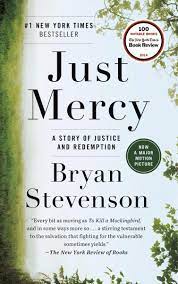

 Early on a priest says he can make sense of it (as God’s judgment) though at the end his theology fails when he sees a small child die after prolonged suffering. A conman makes sense of it by taking advantage of the hardships of others only to revert to depression when the plague lifts. A writer plows ahead with his novel, day by day and month by month, yet never gets beyond the first sentence. A doctor seeks meaning by doggedly helping others even when his efforts often have little effect.
Early on a priest says he can make sense of it (as God’s judgment) though at the end his theology fails when he sees a small child die after prolonged suffering. A conman makes sense of it by taking advantage of the hardships of others only to revert to depression when the plague lifts. A writer plows ahead with his novel, day by day and month by month, yet never gets beyond the first sentence. A doctor seeks meaning by doggedly helping others even when his efforts often have little effect. It was a vaccine my grieving mother prayed for desperately, especially because her three other children, including me, were still vulnerable to the terrifying disease. Every year thousands of children across the United States were struck with it, peaking the year my sister died with over 57,000 cases, of whom 3,145 died.
It was a vaccine my grieving mother prayed for desperately, especially because her three other children, including me, were still vulnerable to the terrifying disease. Every year thousands of children across the United States were struck with it, peaking the year my sister died with over 57,000 cases, of whom 3,145 died.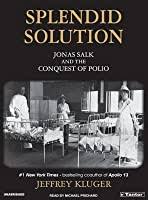

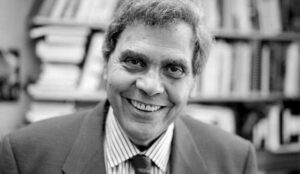 In the introduction for the twentieth-anniversary edition of book, Postman’s son points out that though we are not dominated by network television anymore, the underlying issues of our entertainment-saturated culture remain the same. Has media improved our democracy? Has it made our leaders more accountable? Are we better citizens or are we better consumers? Have our schools improved as a result?
In the introduction for the twentieth-anniversary edition of book, Postman’s son points out that though we are not dominated by network television anymore, the underlying issues of our entertainment-saturated culture remain the same. Has media improved our democracy? Has it made our leaders more accountable? Are we better citizens or are we better consumers? Have our schools improved as a result?
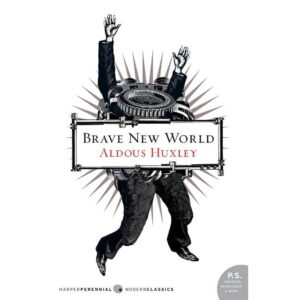
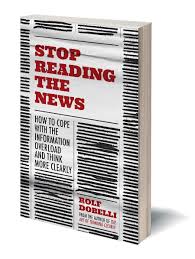
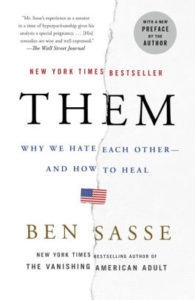

 Caro’s other passion is explaining how political power works because it has a tremendous effect on our lives. Robert Moses was determined to reshape New York City with bridges, highways, parks, and other public works. To do so, during his forty years in power, Moses displaced a half million of New York’s fourteen million people—forcing them out of their homes, destroying communities. In a democracy, Caro wants us to know how that kind of power (of an unelected official) works.
Caro’s other passion is explaining how political power works because it has a tremendous effect on our lives. Robert Moses was determined to reshape New York City with bridges, highways, parks, and other public works. To do so, during his forty years in power, Moses displaced a half million of New York’s fourteen million people—forcing them out of their homes, destroying communities. In a democracy, Caro wants us to know how that kind of power (of an unelected official) works.
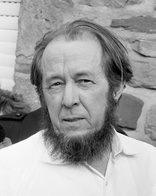 Throughout the book Niebuhr is a penetrating critic of communism’s flaws and failings, saying, for example, “Communism is a vivid object lesson in the monstrous consequences of moral complacency about the relation of dubious means to supposedly good ends” (p. 5). Yet he is also clear-eyed about how the American experiment can go haywire.
Throughout the book Niebuhr is a penetrating critic of communism’s flaws and failings, saying, for example, “Communism is a vivid object lesson in the monstrous consequences of moral complacency about the relation of dubious means to supposedly good ends” (p. 5). Yet he is also clear-eyed about how the American experiment can go haywire.